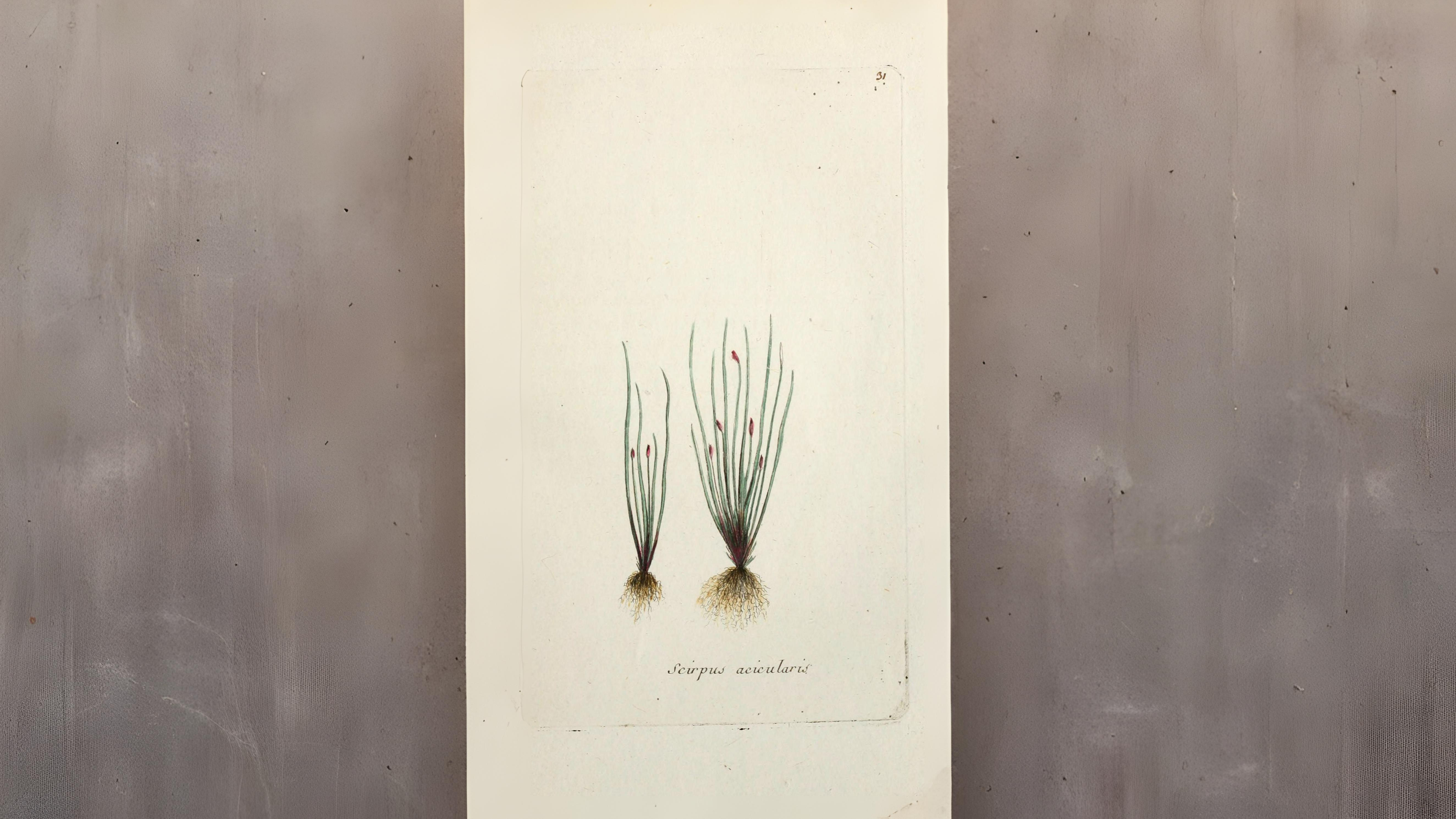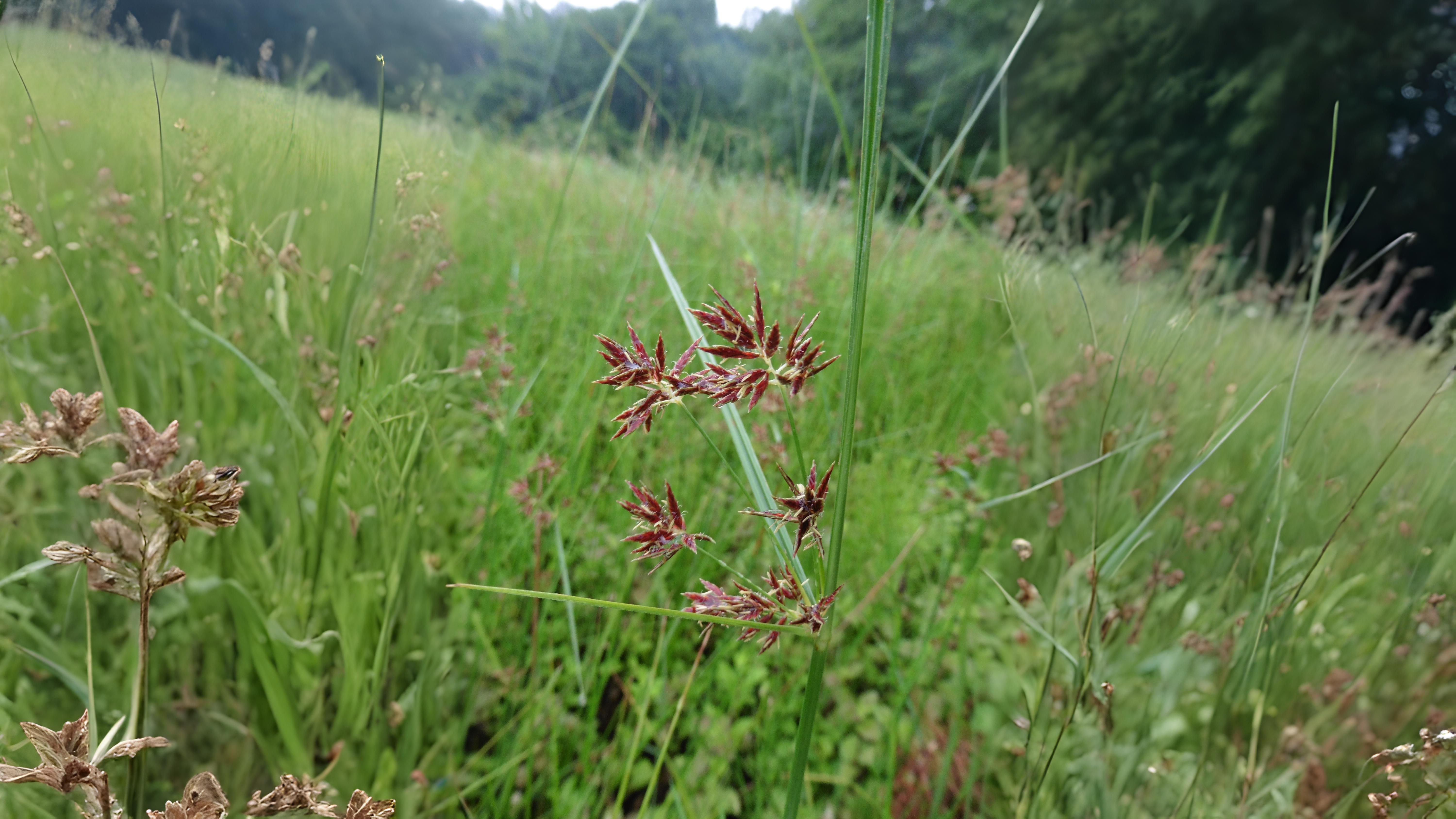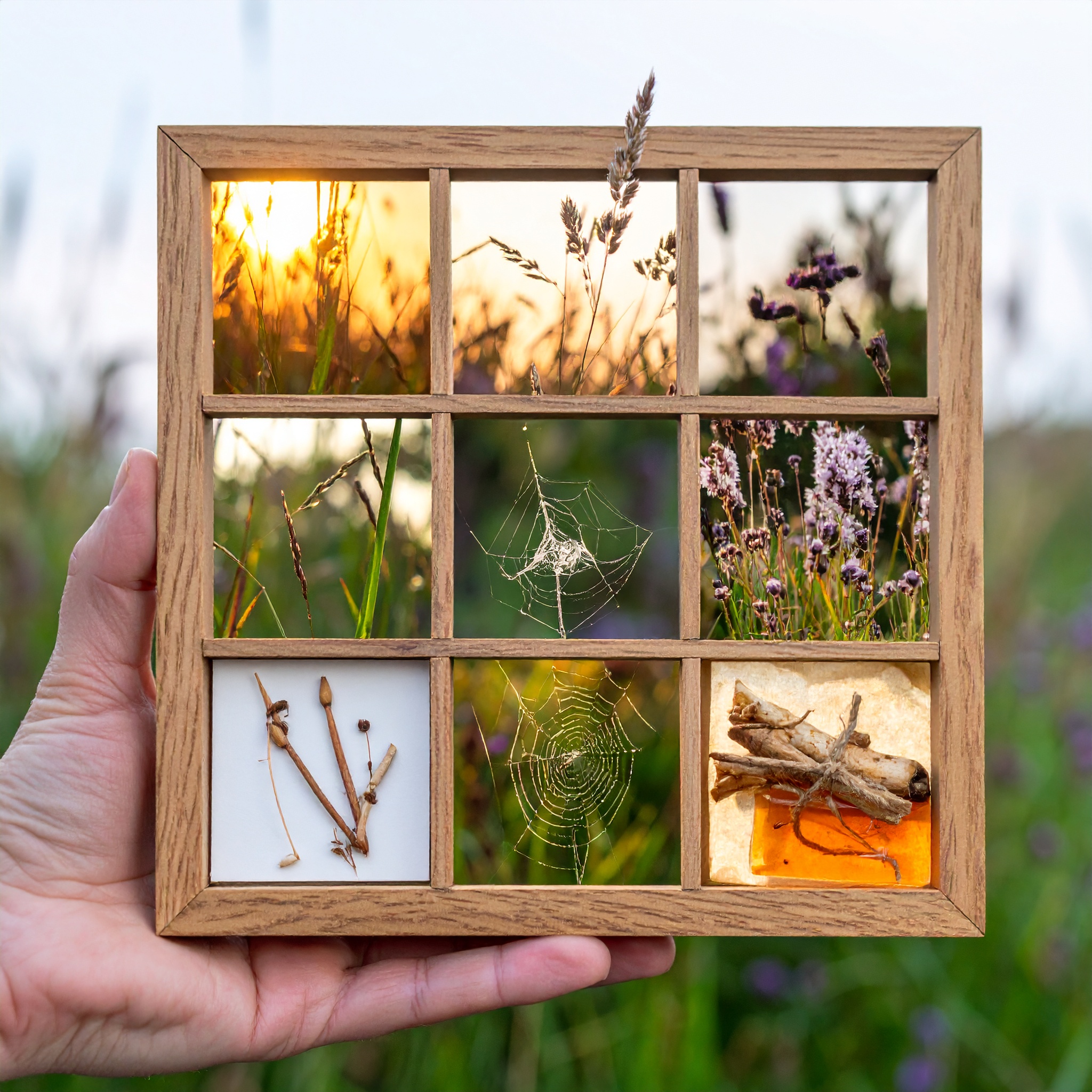
As August’s golden light gilds the city’s forgotten meadows, discover grasses that once poisoned harvests, sedges sharp enough to draw blood, and a medieval rush whose roots were candied into violet-scented delicacies. On August 7th, learn why Darnel grass was feared as the Bible’s "evil tare", where towering tussock sedges create alien pillars in bogs, and how to distinguish 200+ grass species by their whisper-thin differences.
Return on August 7th—when London’s most overlooked plants demand attention.
Most of the major types of grass will still have some species either in flower or fruit that can be found this month e.g. Giant Fescue Festuca gigantea in woods, Orange foxtail Alopecurus aequalis with its bright orange anthers at the edges of ponds, Flattened Meadow grass Poa compressa on the tops of walls, Wild Oat Avena fatua on roadsides or even the alien Darnel Lolium temulentum on wasteland. The latter species is thought to be the troublesome “tare” mentioned in the Bible that destroyed crops. It looks like a typical rye grass but easily gets infected with a poisonous fungus which, if eaten, has been known to cause vertigo, spasms and even temporary loss of sight.
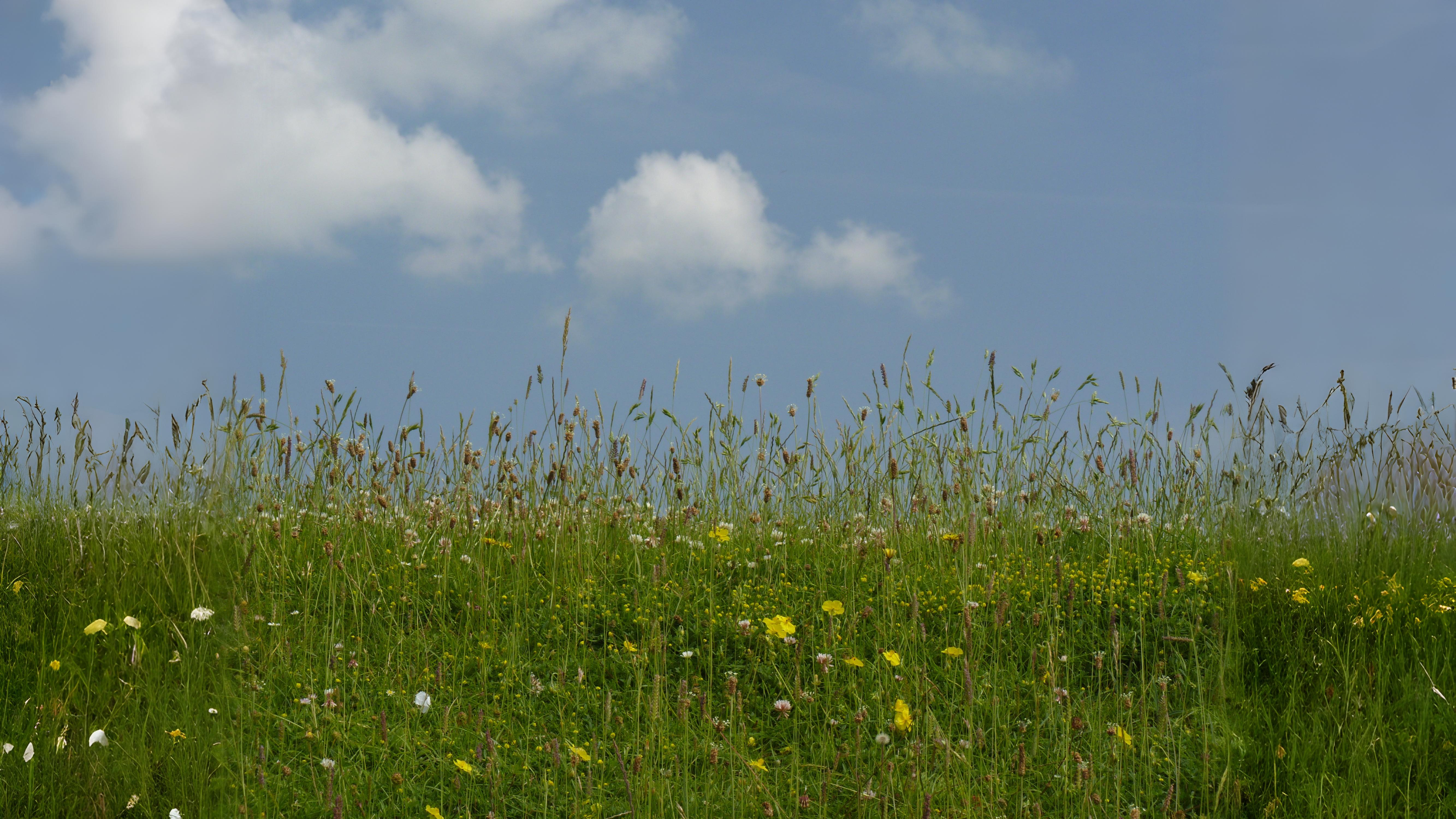

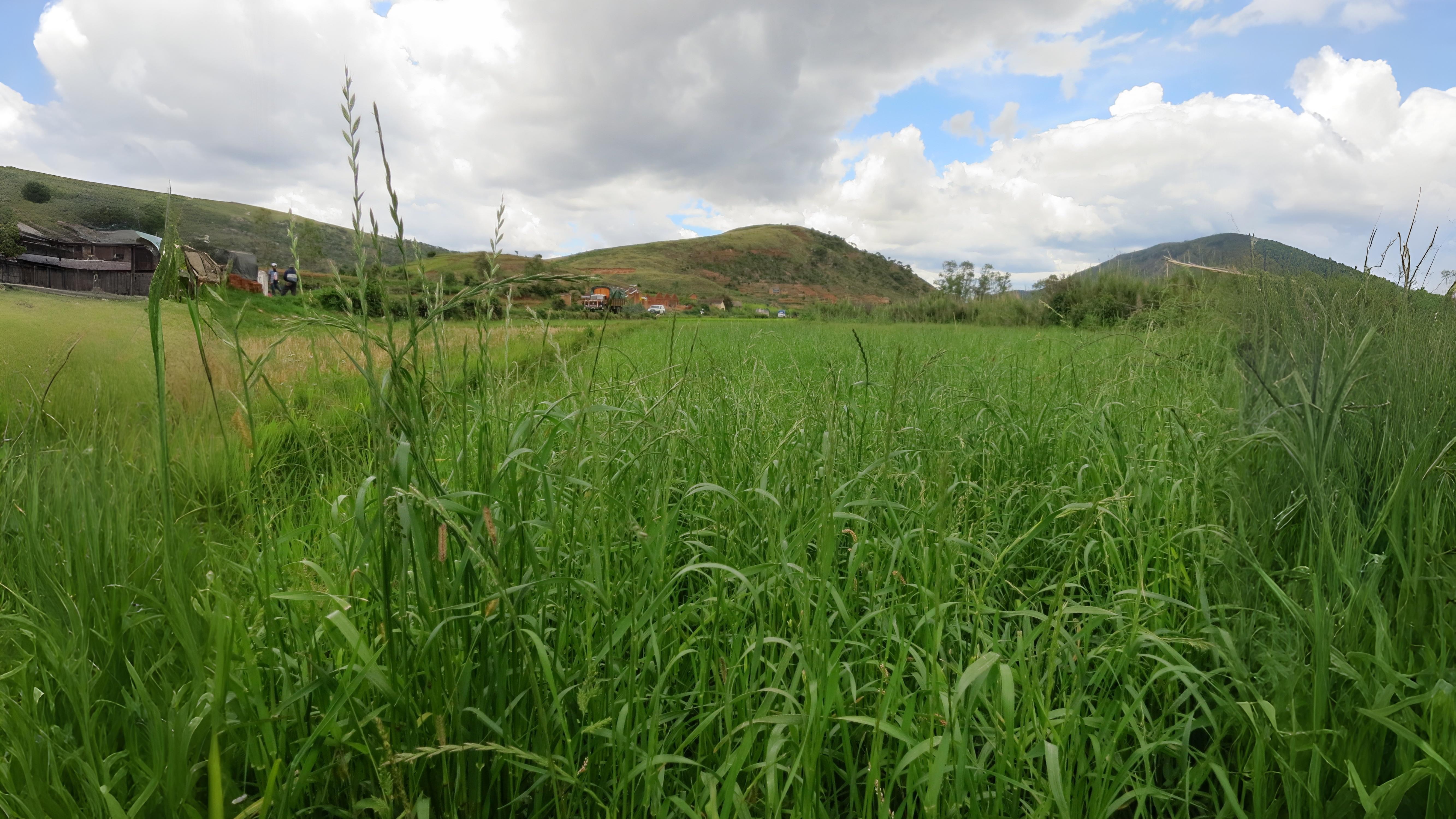









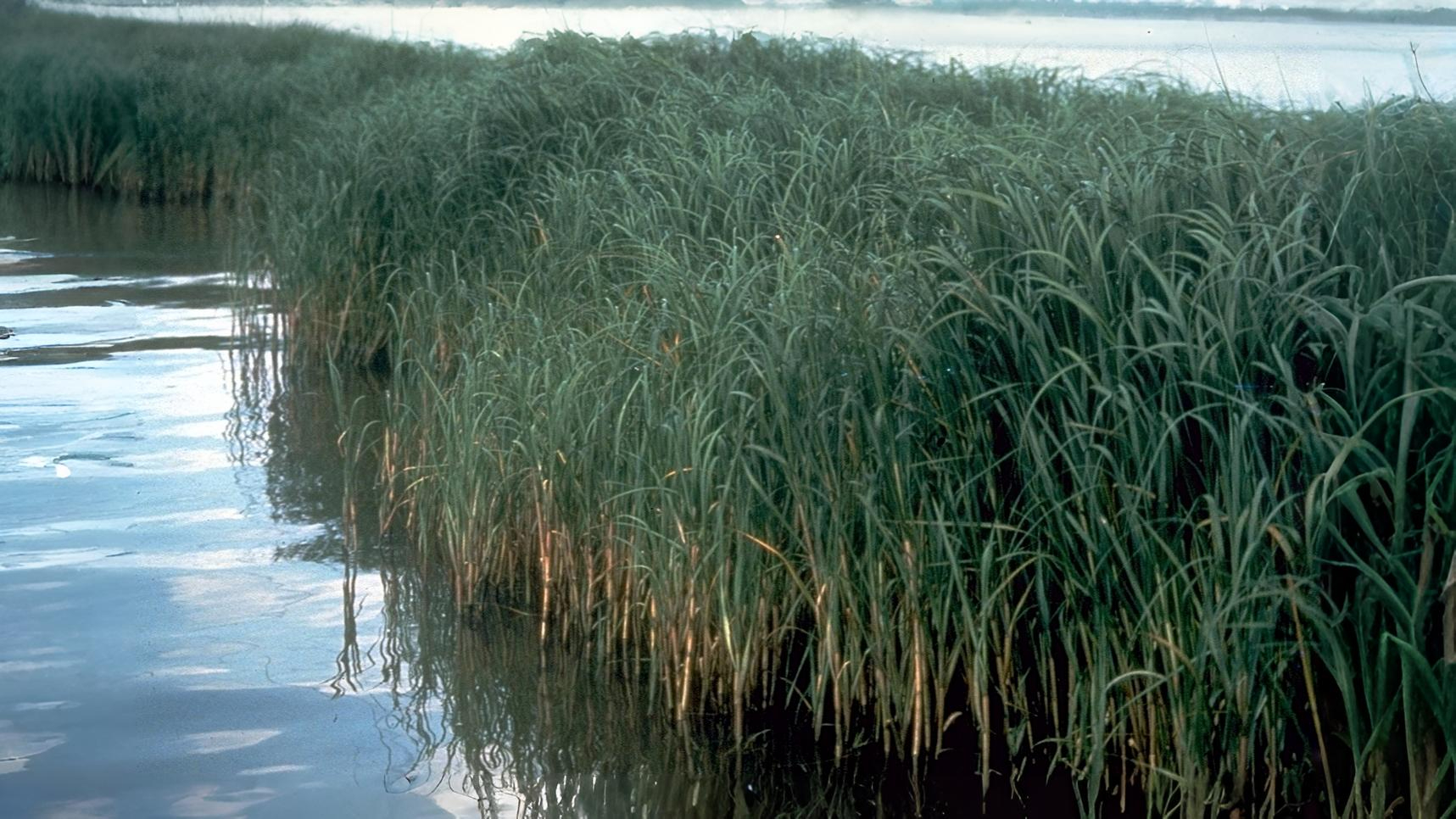

Late summer also sees many sedges producing their small inconspicuous fruits which are often so indispensable for an accurate field identification. Assuring yourself you are looking at a grass, sedge or rush is easy enough. Grasses have hollow stems and nodes along their stems. Sedges have stems that are solid and usually triangular in cross-section with three ranks of leaves and no nodes. Rushes also have no nodes and long cylindrical leaves which often taper to a point. They are filled with a soft pith easily seen if the leaf is cut.


The sedges in our gardens are much more impressive as the cultivars of collected Japanese and American sedges tend to be much more colourful. We do have one popular native cultivar which is often seen. This is Bowles Golden sedge Carex elata ‘Aurea’ discovered by E. A. Bowles, the “Crocus King” of Enfield on a holiday in Norfolk. However, there are some late-flowering native sedges also worth looking out for.
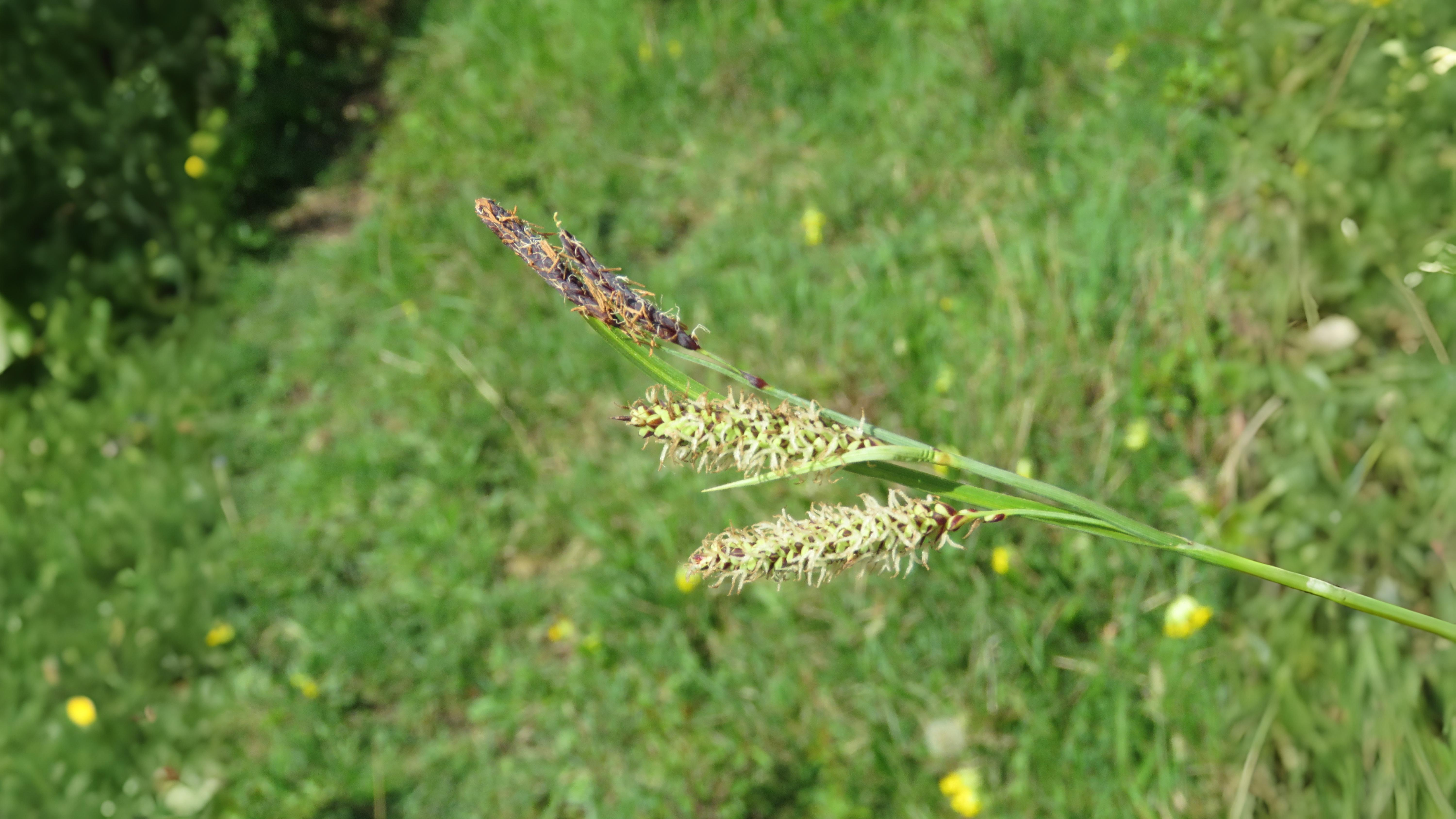



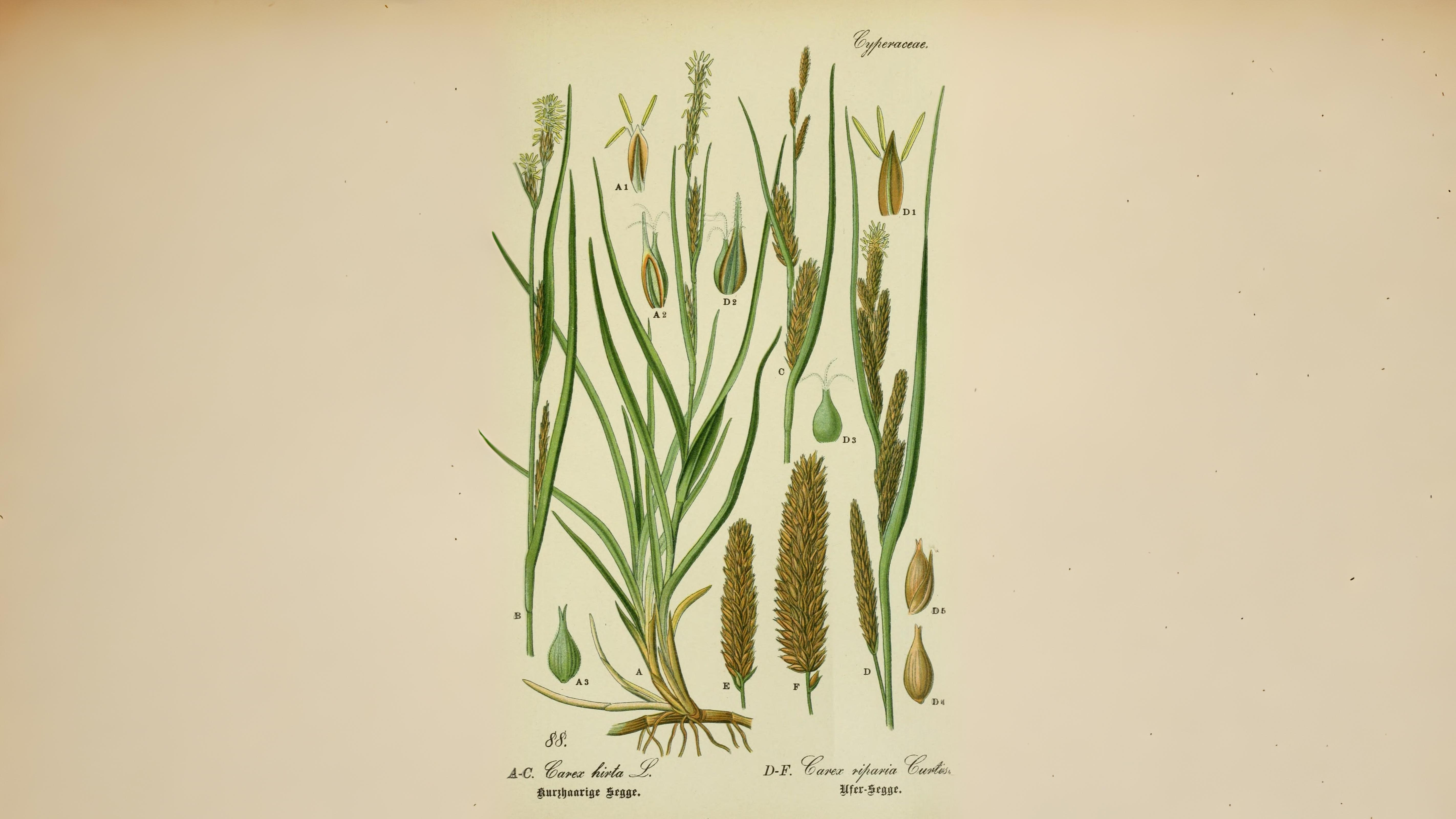

Most rushes are also now developing their fruits which often are more noticeable than their flowers and more useful for identification. A lot of our rushes are either rare, difficult to find or now extinct in London mainly due to the loss of habitats such as fen. As some rushes just have a single small compact elongated flowerhead they are even missed by botanical recorders but it does mean there may be a chance of a discovery. Old Park Wood and Denham Lock wood in the Colne Valley still possess some fen and may be worth exploring.
The Bristle Club rush Isolepsis setacea is one such rush but unlike most others is catholic in its tastes. It can be found in wet meadows, at the sides of lakes, fen, sandy ground as well as on gravel, dunes and even saltmarshes. Consequently it is found all over Britain including London. The similar-looking Needle Spike rush Eleocharis acicularis is more restricted to the sides of ponds or lakes and the Floating Club rush Eleogiton fluitans may well be submerged in slow-moving rivers with just its flowers and fruits showing above the surface.


